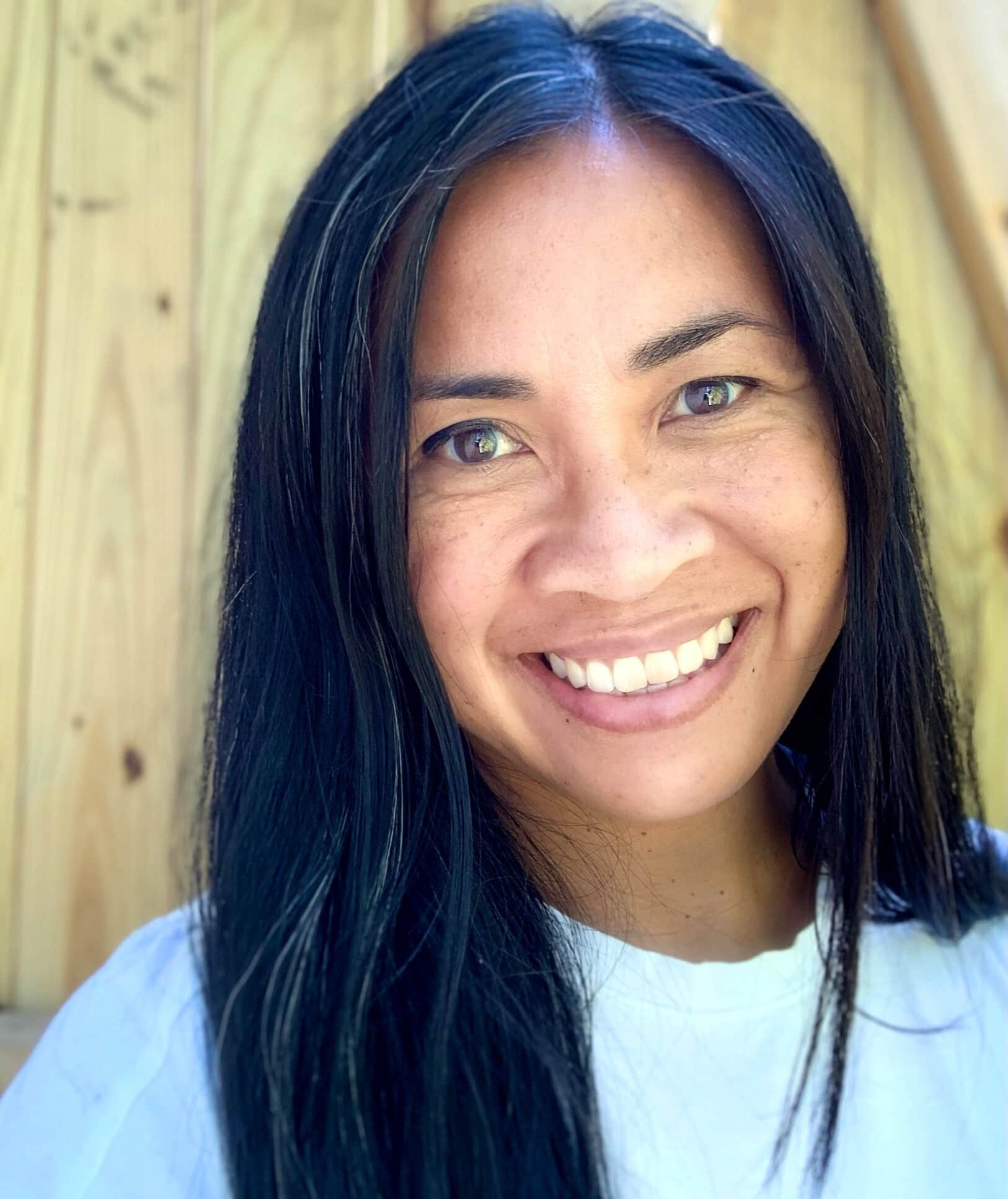Updated On: May 3, 2024
Overview
Updated on 2/10/2022
There is a history of division in the psychological community regarding how to classify different types of anxiety disorders. For decades before the release of the fifth edition of the Diagnostic and Statistical Manual of Mental Disorders [DSM-5] in 2013, the American Psychiatric Association [APA] classified the following under the broad umbrella of anxiety disorders:
- Generalized anxiety disorder [GAD]
- Social anxiety disorder [SAD]
- Panic disorder
- Obsessive-compulsive disorder [OCD]
The DSM-5 anxiety disorder, however, removed OCD category and listed it on its own, along with other related disorders.
To be both inclusive and mindful of the APA’s decision, we made a comprehensive list of the different types of anxiety disorders ranging from having moderate anxiety to having overwhelming anxiety. We also included suggestions from Andrea G. Batton, Director of the Maryland Anxiety Center, based on her clinical experience and knowledge of DSM-5 anxiety disorders.
“Stress and anxiety can certainly be expected throughout life, but when persistent worry takes hold, it might indicate that anxiety has a bit more ‘gravity’ in our lives. Taking a deeper dive into where your anxiety resonates can help us understand what anxiety feels like for us, what triggers our anxiety, and what works to help us manage our anxiety.”
 Licensed Certified Social Worker-Clinical, (LCSW-C), LICSW, MSW Elizabeth Keohan
Licensed Certified Social Worker-Clinical, (LCSW-C), LICSW, MSW Elizabeth Keohan
1. Generalized Anxiety Disorder [GAD]
GAD involves a constant and intense feeling of overwhelming anxiety regarding anything. People with Generalized Anxiety Disorder struggle to control their worries. They tend to anticipate some sort of disaster, despite a lack of evidence.
Related Articles:
2. Social Anxiety Disorder
With social anxiety disorder, people have an intense fear of others judging them in a performance or social situation. Due to this social phobia, people are terrified of potential embarrassment or humiliation. This anxiety can be an extreme fear to the point of inhibiting the ability to socialize, date, or travel.
Related Articles:
3. Selective Mutism in Children
Related to SAD is selective mutism in children, an anxiety disorder where a child experiences an inability to speak in certain social settings such as school. More than 90% of children with selective mutism also have social anxiety, according to the Selective Mutism, Anxiety and Related Disorders Treatment Center.
4. Panic Disorder
Panic disorder involves experiencing a panic attack that can appear out of nowhere and occur unexpectedly. The attacks are so intense they create anxiety about experiencing them in the future.
Related Articles:
5. Separation Anxiety Disorder
Someone has separation anxiety disorder when he or she experiences high levels of distress when separated from a caregiver. This distress is so extreme it interferes with functioning and social interactions. Most of the people who have the disorder are children and adolescents. There are, however, some rare cases where adults develop it.
6. Illness Anxiety Disorder [Hypochondria, Health Anxiety Disorder]
People with illness anxiety disorder have excessive worry about becoming ill or severely ill. Even after medical tests indicate health, they sometimes believe normal sensations or minor symptoms are signs of severe illnesses. Ironically, their anxiety regarding illness can often make them feel physically sick.
7. Obsessive-Compulsive Disorder [OCD]
OCD is a disorder in which a person has uncontrollable recurring thoughts [obsessions] and behaviors [compulsions] they feel the urge to repeat excessively. Rather than anxiety, during their compulsions, some people with OCD experience a feeling of disgust or something not being right.
Nonetheless, anxiety can sometimes be a crucial factor in the development of OCD. For example, someone with OCD might have intense anxiety that something bad will happen if they do not perform their compulsive behaviors such as switching a light switch on and off.
The DSM-5 acknowledges the fact that anxiety is a component of OCD. The manual focuses more, however, on the differences.
“The trademark of OCD is a behavioral aspect that is not necessarily present in anxiety disorders,” said Anya Shumilina, a director at Behavioral Associates, a center that specializes in providing cognitive behavioral therapy [CBT]. “Individuals diagnosed with OCD are known to engage in rigid compulsive and repetitive behaviors, such as switching lights on and off 10 times before leaving the house, to alleviate stress brought by obsessive thinking.”
On the other hand, people with anxiety disorders are not likely to use these behaviors to cope. Anxiety disorders also tend to emphasize concrete worries and concerns, Shumilina said, including losing one’s job for specific reasons. OCD, however, often involves obsessions with vague fears such as germs.
Treating OCD under the same realm as anxiety
Despite the APA’s decision to exclude OCD from the anxiety disorders category, there are still many mental health professionals who consider it an anxiety disorder or treat it as such.
The split in the field of psychology may cause confusion, but there might be benefits to continuing to treat OCD and other disorders under the umbrella of anxiety. Mental health professionals often overlook screening for disorders that are not officially anxiety disorders but have strong anxiety symptoms, according to Dr. Shanthi Mogali, Director of Psychiatry at Mountainside Treatment Facility. These include OCD and post-traumatic stress disorder [PTSD]. By including these disorders under the umbrella of anxiety, people might be more likely to receive the treatment they need. Fortunately, treatments for anxiety disorders and OCD tend to be similar.
8. Post-Traumatic Stress Disorder [PTSD]
Post-traumatic stress disorder (PTSD) involves an extreme period of excessive anxiety, stress, and fight-or-flight responses that occur repeatedly despite there being no stressor. Stimuli such as a car door slamming can trigger PTSD symptoms. Sometimes people develop PTSD after experiencing a traumatic event such as sexual assault or nearly losing their lives. PTSD can also develop without any significant trauma, however.
To be diagnosed with PTSD, adults must have several symptoms that demonstrate the illness’ impact. Anxiety is a common symptom as well.
9. Agoraphobia
Despite common misconceptions, agoraphobia does not necessarily involve a fear of leaving home. Agoraphobia is a type of anxiety disorder in which people fear and avoid places or situations that might cause them to panic or feel trapped, helpless, or embarrassed, according to the Mayo Clinic. They fear an actual or anticipated situation such as using public transportation, being in open or enclosed spaces, standing in line, or being in a crowd.
Agoraphobia often occurs with panic disorder, so many mental health organizations list them together. For example, if panic attacks happen in a specific place, the sufferer might avoid that place and develop agoraphobia. In extreme cases, the sufferer could perceive anywhere outside his or her home as a space of anxiety.
10. Specific Phobias
People with a specific phobia avoid places, situations, objects, and even types of people — clowns, for example — even if there is no threat or danger. Phobias do not necessarily stem from trauma involving the object in question. They usually develop suddenly and without an obvious explanation. Simply thinking about a phobia can cause anxiety.
Anxiety is the Common Factor
Even if not all mental health professionals consider these illnesses different types of DSM-5 anxiety disorders, anxiety is the common factor in all of them. If you are looking for a professional to diagnose or treat you for one or more of these DSM-5 anxiety disorders, remember to address anxiety along with other issues.
“Getting a handle on anxiety can feel impossible with a ‘one size fits all’ approach. When we internalize our real or imagined fears, it can add another layer of isolation. Connect with therapeutic support to help you understand the different types of anxiety for you, in order to increase management, hope and relief over time.”
 Licensed Certified Social Worker-Clinical, (LCSW-C), LICSW, MSW Elizabeth Keohan
Licensed Certified Social Worker-Clinical, (LCSW-C), LICSW, MSW Elizabeth Keohan

Licensed Talkspace Therapist, Elizabeth Keohan has enjoyed working with clients in communities from Washington DC through rural Maine over the course of her career. While she has worked extensively with those experiencing anxiety and depression, she embodies a unique comfort working with the bereaved. Elizabeth combines a compassionate, holistic approach with Cognitive Behavioral Theory (CBT), to help clients counter their somatic response to stress, anxiety, mood, grief and loss.
Articles about Generalized Anxiety Disorder
View all articles
Overcoming Parental Anxiety: Strategies for a Calmer Mind

15 Effective Coping Skills for Anxiety

Acupuncture for Anxiety: Does it Work?

Does Alcohol Cause Anxiety? Exploring the Connection

Agoraphobia vs Social Anxiety Disorder: What’s the Difference?

13 Best Jobs for People with Social Anxiety

Election Anxiety: How to Cope With Political Stress

Social Anxiety vs Autism: How to Tell the Difference

Anxiety & Fatigue: Exploring Why Anxiety Makes You Tired

Anxiety and Anger: Why Anxious Feelings Can Make You Angry


